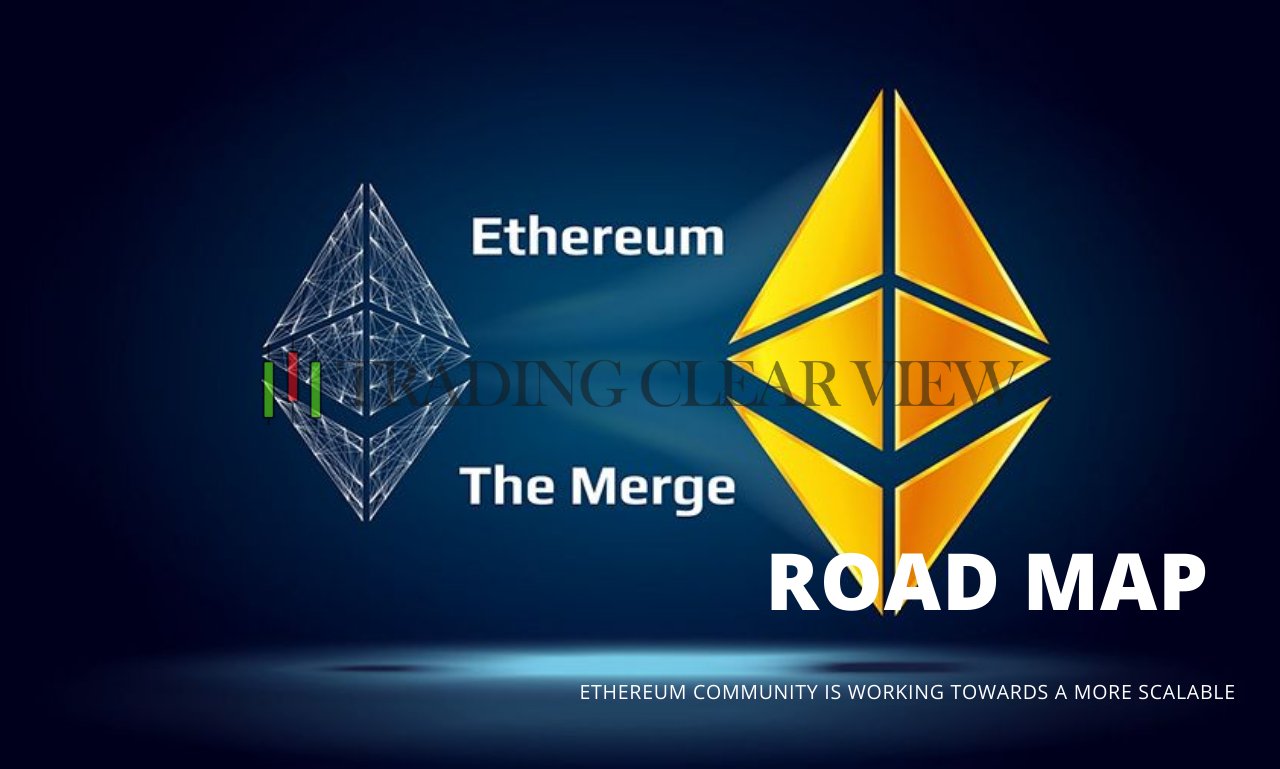What is Ethereum?

Ethereum is a decentralized, open-source blockchain platform that allows developers to build and deploy decentralized applications (dapps). It was launched in 2015 by Vitalik Buterin, a programmer and cryptocurrency researcher.
One of the main features of Eth is its ability to create and execute smart contracts, which are self-executing contracts with the terms of the agreement between buyer and seller being directly written into code. Smart contracts can be used to automate various types of transactions, such as payments, asset transfers, and voting systems, without the need for intermediaries.

Ethereum has its own cryptocurrency called Ether (ETH), which is used to pay for transactions and computational services on the network. Ether can also be traded on cryptocurrency exchanges like other digital assets.
Eth is known for its large developer community and the variety of dapps that have been built on its platform, including decentralized finance (DeFi) applications, non-fungible tokens (NFTs), and decentralized exchanges (DEXs). Its flexibility and programmability have made it a popular choice for developers looking to build decentralized applications and services.
Ethereum Road Map
The Ethereum Foundation and its developer community have a roadmap for the future development of the Ethereum platform. Here are some of the main milestones and upgrades planned:
- Ethereum 2.0: The transition from the current proof-of-work (PoW) consensus algorithm to a proof-of-stake (PoS) algorithm is a major upgrade that aims to improve the network’s scalability, security, and sustainability. Eth 2.0 will also introduce shard chains, which are parallel chains that can process transactions and data in parallel, further increasing the network’s capacity.
- EIP-1559: This upgrade, which was implemented in August 2021, changed the way transaction fees are calculated and distributed on the network. It aimed to make transaction fees more predictable and stable, as well as improve the overall user experience of the network.
- Layer 2 solutions: These are off-chain scaling solutions that allow for faster and cheaper transactions while still maintaining the security of the Ethereum blockchain. The most popular Layer 2 solutions are rollups, which bundle many transactions into a single transaction on the main Ethereum chain.
- Eth Improvement Proposals (EIPs): The Eth community is continuously proposing and implementing improvements to the Ethereum platform through EIPs. These can range from technical upgrades to governance changes.
- Improved developer tools and user experience: The Eth community is also focused on improving the developer experience and making it easier for users to interact with decentralized applications. This includes tools like the Ethereum Name Service (ENS), which allows for human-readable addresses instead of long hexadecimal addresses, and MetaMask, a browser extension that makes it easy to interact with Ethereum dapps.
Overall, the Ethereum community is working towards a more scalable, secure, and user-friendly platform that can support a wide range of decentralized applications and use cases.
The future of Ethereum
The future of Ethereum is bright and holds great potential. Here are a few key areas where Ethereum is likely to make an impact in the years to come:
- DeFi: Decentralized finance (DeFi) is one of the most popular use cases for Eth, and it is likely to continue to grow in the future. DeFi applications enable users to lend, borrow, and trade cryptocurrencies without the need for traditional financial intermediaries.
- NFTs: Non-fungible tokens (NFTs) are unique digital assets that are verified on the Eth blockchain, and they have exploded in popularity in recent years. NFTs have the potential to transform industries like art, music, and gaming, and Ethereum is likely to remain a key platform for their creation and exchange.
- Decentralized Autonomous Organizations (DAOs): DAOs are organizations that are run by rules encoded as computer programs on a blockchain, and Ethereum is well-suited for their creation and operation. DAOs have the potential to disrupt traditional forms of governance and enable more democratic decision-making.
- Interoperability: Eth is working on improving interoperability with other blockchains and networks, which could enable new use cases and greater adoption of blockchain technology. For example, the Ethereum blockchain is currently being used as a settlement layer for Bitcoin transactions through the Wrapped Bitcoin (WBTC) token.
- Sustainability: With the transition to Eth 2.0 and the proof-of-stake (PoS) consensus algorithm, Ethereum is working towards becoming more sustainable and energy-efficient. This is an important goal for the future of blockchain technology, as it aims to reduce the environmental impact of blockchain networks.
Overall, Eth is likely to continue to innovate and push the boundaries of what is possible with blockchain technology in the years to come. Its flexibility, scalability, and programmability make it a powerful platform for developers and entrepreneurs to build decentralized applications and services that can transform industries and improve people’s lives.




